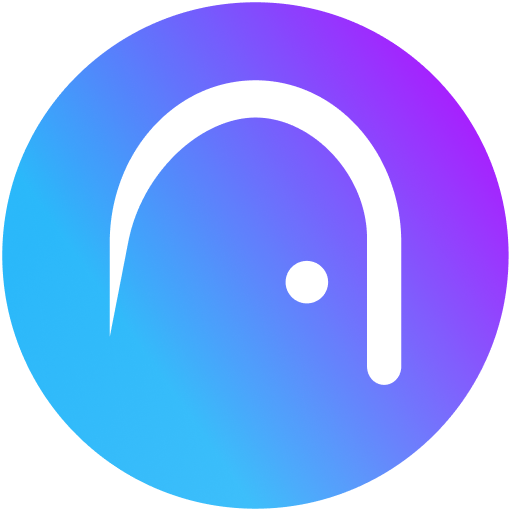NFTs are revolutionizing the art world, offering creators new opportunities for exposure, ownership, and monetization. Beyond the hype and speculation surrounding NFTs, their potential to create an inclusive community for creators is worth exploring. By examining direct artist engagement, global reach, empowerment and ownership, accessibility, and affordability, we can understand how NFTs are breaking down barriers and fostering a more inclusive space for creators.
TL;DR
- NFTs empower creators by enabling direct engagement, global reach, and ownership over their work.
- They foster inclusivity by connecting artists from diverse backgrounds and breaking down geographical barriers.
- NFTs promote accessibility and affordability, making art more accessible and allowing artists to thrive regardless of their resources.
Direct Artist Engagement
One of the most significant advantages of NFTs is the direct artist engagement they facilitate. Artists can interact directly with their audience and sell their work without intermediaries, thus bypassing traditional gatekeepers.
This decentralized approach provides opportunities for creators from diverse backgrounds and regions, enabling them to showcase and monetize their art on their terms. Emerging artists who might have struggled to gain recognition in traditional markets can now find their audience, fostering a sense of inclusivity and equal opportunity.
Creating Global Reach
NFTs enable artists to transcend geographical barriers and connect with a global audience. Digital platforms and marketplaces allow creators to showcase their work to a broader range of collectors and enthusiasts worldwide. This newfound global reach opens doors for artists from underrepresented communities, who may have previously faced limited exposure due to geographical or institutional limitations.
NFTs bring together creators and collectors from diverse cultural backgrounds, fostering a global art community that appreciates and celebrates different perspectives. This exposure not only increases the visibility of artists but also promotes cross-cultural understanding and appreciation.
How brands and creators can collaborate on DeCir
Empowerment and Ownership
NFTs empower artists by giving them greater control and ownership over their creations. Through tokenization, artists establish a provable, immutable record of ownership. This mechanism ensures that artists retain the rights to their work and can benefit from the increasing value of their art, even after the initial sale.
Smart contracts embedded in NFTs can also facilitate royalty payments to artists for future transactions, ensuring ongoing support and recognition. This level of empowerment and control over their intellectual property is especially crucial for creators from marginalized communities, who have historically been subject to exploitation and exclusion.
Accessibility and Affordability
NFTs lower barriers to entry for creators, making art more accessible and affordable. Unlike traditional art markets that require significant upfront costs for production, promotion, and distribution, NFTs allow artists to create and sell digital artwork without the need for physical production or shipping. This reduces costs and provides opportunities for artists with limited resources to participate in the market.
Additionally, NFTs democratize the art-buying experience, allowing collectors to invest in art at various price points. Lower-priced NFTs enable a wider range of art enthusiasts to support and engage with creators, fostering a more inclusive ecosystem that encourages emerging artists.
Interesting read: How brands and creators can utilize DeCir’s broad NFT categories
Conclusion
While NFTs have faced criticism, they have the potential to create an inclusive community for creators. Direct artist engagement, global reach, empowerment and ownership, accessibility, and affordability contribute to breaking down barriers and providing opportunities for creators from diverse backgrounds.


